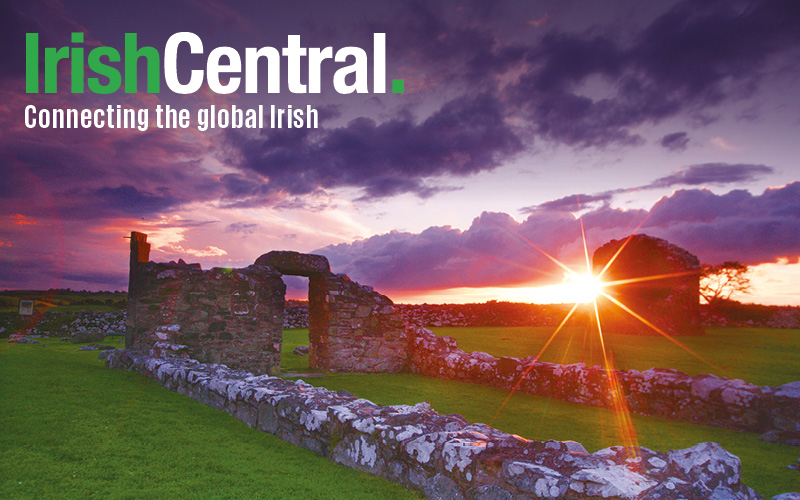After 11 years of searching the Funk Heritage Museum, near Atlanta, Georgia, has identified the 11-foot long boulder decorated with ancient petroglyphs are being identical to those found along the Atlantic Coast in Ireland, which date from the Early Bronze Age.
The new discovery creates more questions about North America’s history than it answers.
Dr Joseph Kitchens, Director of the Funk Museum, on the campus of Reinhard University took over the challenge back in 2008 to find out where this massive boulder with concentric rings, circles, crosses and stars (what archaeologists call petroglyphs) carved into its side came from.
Having ruled out the more likely sources such as Native American Indians Kitchens cast his search wider and found his answer last week in Northern Ireland, according to reports in The Examiner.
Kitchens contacted the Irish Megalithic Organization and its founder, author Anthony Weir. It has been confirmed that this boulder in Georgia is identical to many found in Ireland. Weir has been documenting and photography petroglyphs in Ireland for over 30 years.
His descriptions of the boulders found on the west coast of Ireland are almost identical to the one mysteriously found in Georgia.
______________________________________
READ MORE:
‘Bog Butter’ find believed to be 2,500-years-old
Mysteries uncovered by 4,000 BC treasures discovered in dumpster
_______________________________________
He describes a boulder on the Dingle Penninsula, County Kerry that has the same markings and is the same size as the one at the Funk Heritage Museum.
How the boulder came to be in Georgia remains a mystery.
The identical stones in Ireland date from the Early Bronze Age. The carvings were carved by non-Celts at least 1,500 to 500 years before Celtic writing, known as Ogham script began. Experts are not sure what the meaning of these carves could be. Many of these boulders appear around grave areas. In fact similar stone can be seen at Newgrange, County Meath.




Comments